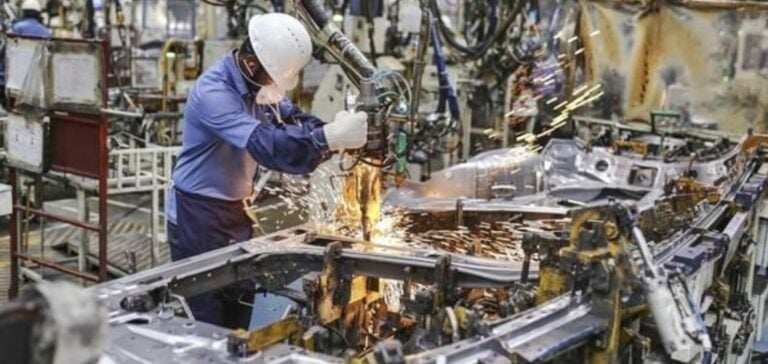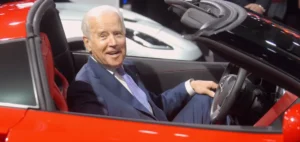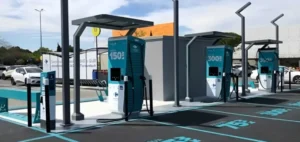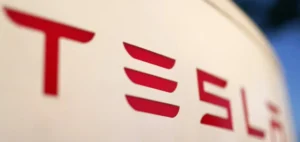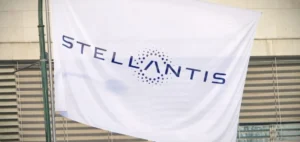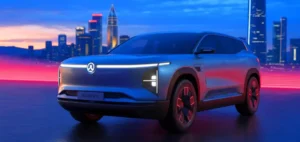The market for diesel engines for vehicles is growing steadily, driven by rapid urbanization and rising automobile production in developing countries.
However, this momentum is tempered by significant challenges, including high fuel and operating costs, which are holding back the wider adoption of these technologies.
High-speed diesel engines, widely used in marine applications and power generators, retain their appeal thanks to their flexibility and ability to operate in demanding environments.
However, manufacturers are being forced to innovate to overcome the obstacles posed by environmental regulations and increased pressure to reduce pollutant emissions.
Innovations and regulatory issues
The optimization of diesel engines, in particular through the integration of energy-efficient components, has become an imperative for automakers.
These technological advances not only make it possible to reduce the energy footprint of vehicles, but also to meet the growing demands of environmental standards.
The pressure to improve fuel efficiency and reduce emissions is leading to increased adoption of sophisticated technologies in modern diesel engines.
These developments respond to a growing demand for greener solutions, while maintaining high levels of performance, a necessity in an increasingly competitive market.
The key role of Asia-Pacific
The Asia-Pacific region is positioning itself as a major player in the diesel engine market.
With countries such as China and India leading the way, demand is driven by massive infrastructure projects and soaring energy consumption.
The lack of electrical infrastructure in these countries is accentuating the need for diesel generators, particularly in the industrial and commercial sectors.
These expanding markets represent significant opportunities for manufacturers, but they also call for responses tailored to regional specificities.
The ability to supply efficient engines, capable of meeting energy requirements while respecting local environmental constraints, will be decisive for the sector’s future growth.


